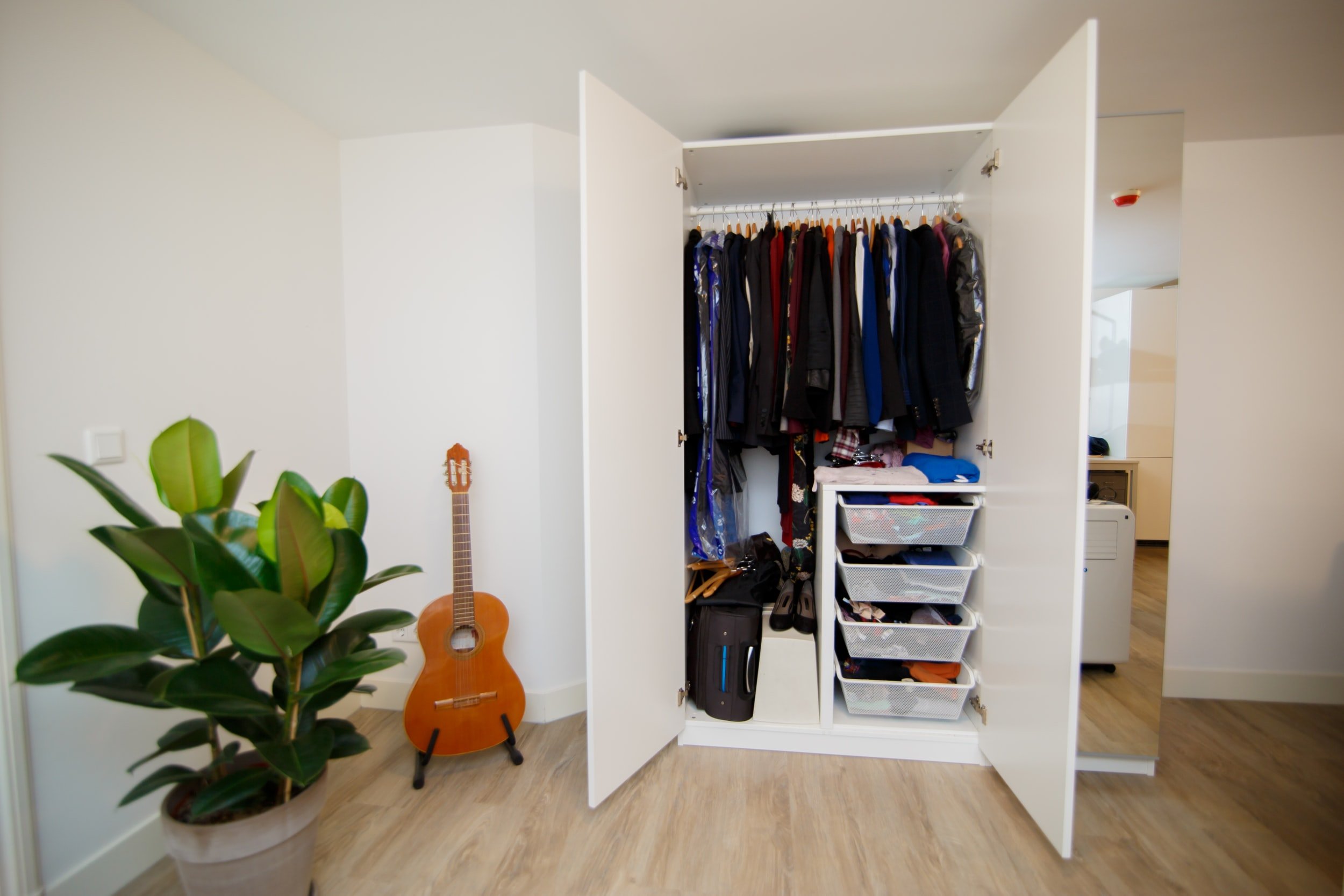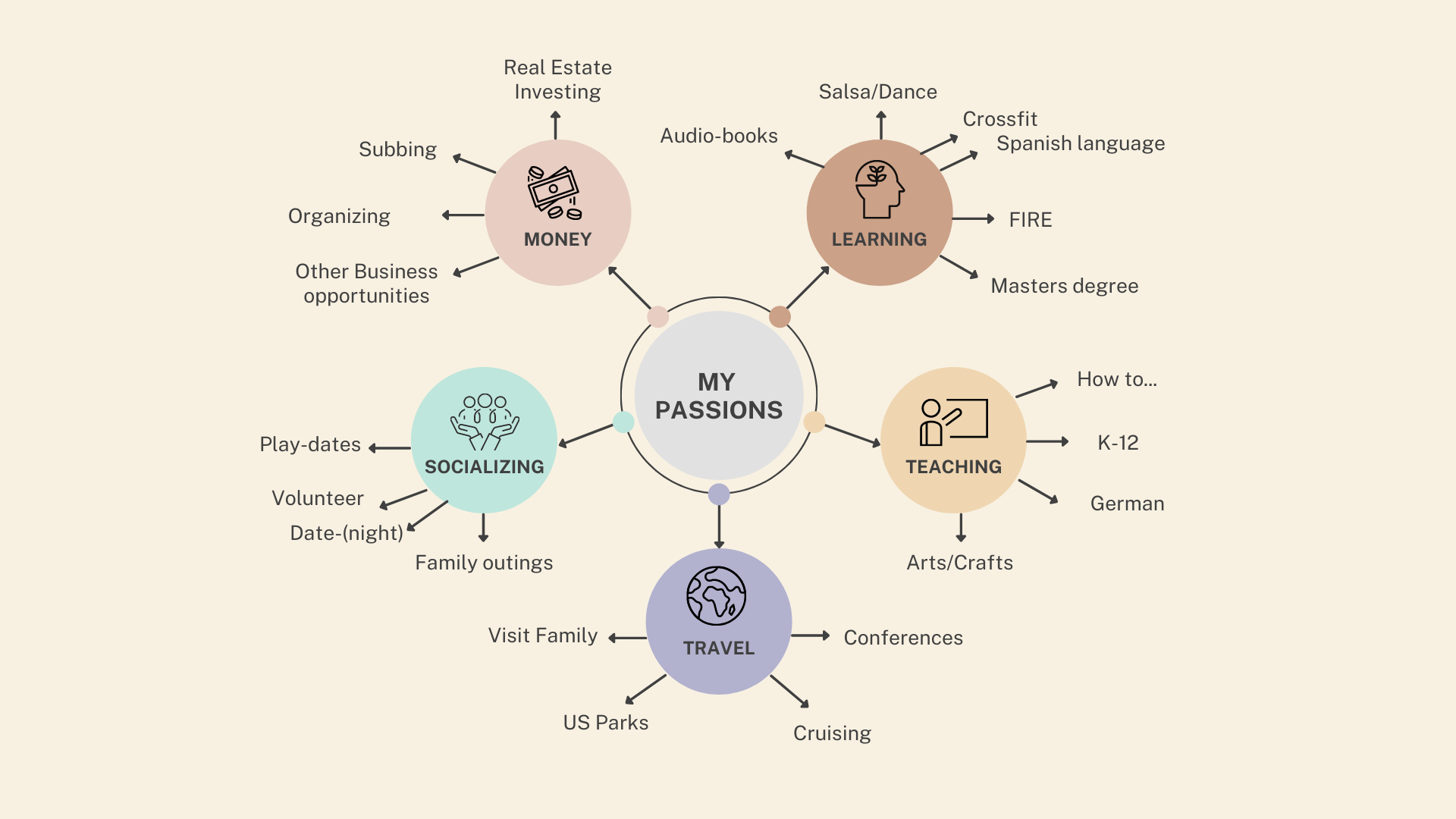10 Spring Cleaning Tips for a Tidy Home
/Spring cleaning is good for your home and your mental health!
Spring cleaning is good for your home and your mental health! A clean house can have a huge impact on how you feel. It's been shown to boost our moods, increase productivity, and improve mental clarity—and it doesn't take much time or effort. You don't have to wait until spring to begin this habit; the sooner you start, the better!
Of course, spring is only one season—but it’s probably the most popular time of the year for cleaning. We've all seen those infomercials featuring celebrities who are “cleaning up their lives" by springing into action with their trusty mops and buckets. Here are some things you can do in order to get started on your own spring cleaning journey:
1 Get rid of clutter
You know the drill. Get rid of stuff you don't need, save sentimental items and let go of things you haven’t used in a year. You wouldn’t buy a new dining room table if you already had one, so why should your spring cleaning routine be any different?
The key to getting rid of clutter is being ruthlessly honest with yourself about what you will use again and what can be donated or recycled. Don't hold onto something just because it was expensive or that someone special gave it to you as a gift — even if they're not living under the same roof anymore!
2 Dust your fans and light fixtures
Dusting your ceiling fans is extremely easy, and it will keep them running smoothly. First, you'll want to turn off the fan and unplug it if possible. Next, use a simple mitt or feather duster (or just your fingers) to gently brush away any dust that has collected on the blades. If there are cobwebs hanging from the fan, use a vacuum cleaner with a hose attachment to gently pull them off before dusting. Finally, plug in and test out your newly dusted fan!
If using just a regular vacuum cleaner isn't cutting it for you (and/or you don't want to get up very high), consider using a ladder instead of standing on tiptoe at all times! Just remember: safety first!
3 Organize Your Closets
It's time to organize your closets. Use the Konmari Method and color-code your hangers, or try out a closet organizer. Meanwhile, use clear bins and boxes to make sure you can see what's inside without having to pull it out every time you want something. If you have the space, consider using shelves and hanging rods instead of just hanging things on hooks!
Just don't forget that most people usually only wear 20% of their clothes 80% of the time--so when it comes down to it, deciding what stays and goes could be as simple as asking yourself: Do I like this item? No? Then let me donate it or sell it online (like eBay).
4 Wash Your Windows Inside and Out
Wash your windows inside and out.
Start at the top, using a gentle soap and water solution to clean each pane. Rinse between each window, then move on to the next until all of your windows are clean.
When finished with a section of windows, use a squeegee or sponge dipped in vinegar to remove streaks.
5 Deep Clean Carpets and Rugs
Step 1: Vacuum all carpets and rugs. Remove any furniture from carpeted areas, then vacuum thoroughly in each room. This step is the most important part of your deep cleaning routine. If you skip this step, it will be nearly impossible to get your carpets as clean as they could be.
Step 2: Use a steam cleaner or rent a machine if needed. If there are stains on your carpet that won't come out with regular vacuuming, use a steam cleaner or rent a professional machine to deal with them before moving on to step three below.
Step 3: Clean up after yourself! After you've cleaned up any remaining messes from vacuuming (there shouldn't be any), remove toys from play areas so kids don't ruin their new bathrooms by leaving toys everywhere again.
Pro Tip: Use a carpet rake after using the above method for extra cleaning power! This will help break down dirt embedded into the fibers of your floors.Bonus tip: Let carpets dry completely before walking/playing on them again; otherwise people may trip over wet spots (and possibly sue).
6 Clean Your Refrigerator – Inside and Out
CleanYourRefrigerator.com provides the following tips for cleaning your refrigerator:
Wipe down the shelves and drawers with a damp cloth or sponge. Rinse if necessary, then dry completely with a clean cloth.
Clean out all of your crisper drawers by removing them from their racks and washing them in hot water with dish soap and warm rinse water. Dry thoroughly before returning to the refrigerator.
Clean around the gasket on the door by removing it (don't worry about getting it dirty), so you can wipe down both sides of this rubber seal inside and outside of your fridge's door frame to remove dirt buildup and food odors. Replace when finished cleaning or after drying completely if desired - this will make sure that no mold begins growing behind it!
7 Dust, scrub and vacuum as needed.
Dust, scrub, and vacuum as needed.
Don't forget to dust all surfaces of your home, including furniture, ceiling fans and corners. Cleaning the floors will get rid of most dirt and grime but if you want to go above and beyond, take the time to clean other areas that collect dust easily—such as shelves in your closet or bookshelves around your home.
8 Have the carpets professionally cleaned.
>Have the carpets professionally cleaned.
Properly cleaning a carpet is a must-do every few months, and it's worth the money to hire a professional to do it. The pros can remove embedded dirt and stains that you might miss, especially in high-traffic areas where dirt accumulates. They also have specialized machines that help lift stains and restore color to your carpet cushions. If you're planning to sell your home soon, keep in mind that stained or dingy carpets could affect how much money you get for it—and even if prospective buyers are looking at houses with stained carpets or dinged-up walls, they'll probably assume yours has similar issues as well (even if yours doesn't).
9 Wash windows inside and out.
Inside and out, windows are a great opportunity to get your home looking its best. Cleaning them is easy, but make sure you do it right!
Use a microfiber cloth or chamois to wipe down the window panes.
If you need something more abrasive, use a squeegee to remove excess water from the surface of the glass before removing dirt and fingerprints with a sponge or clean cloth.
A brush can be used for cleaning corners and edges where dirt collects most easily.
A window scraper is helpful for removing paint residue from frames or for removing built-in screens from windows that don't open to let in fresh air (or burglars!).
Use window cleaner as needed—and always follow directions on the bottle!
10 Scrub the kitchen sink.
Use a sponge, dish soap, and water to give your kitchen sink a thorough scrubbing. Then rinse it with hot water to remove any remaining residue and dry with a paper towel. If you want to bring out the shine of your sink even more—and if the manufacturer recommends it—you can use a green cleaning product or an abrasive pad like steel wool or an SOS pad (be sure to follow specific instructions).
Cleaning stainless steel sinks is easy: they don’t need any special treatment beyond regular cleanings. You may have heard that baking soda will help remove stains from stainless steel sinks, but that doesn’t hold true for most people. If there is stubborn buildup on your sink or if its finish has become dull over time, consider using products specifically designed for this purpose; they should be available at home improvement stores or online retailers like Amazon.
Copyright © 2022 by Janine Morales, Professional Home and Business Organizer and Certified KonMari™ Consultant in San Diego and surrounding areas.




















